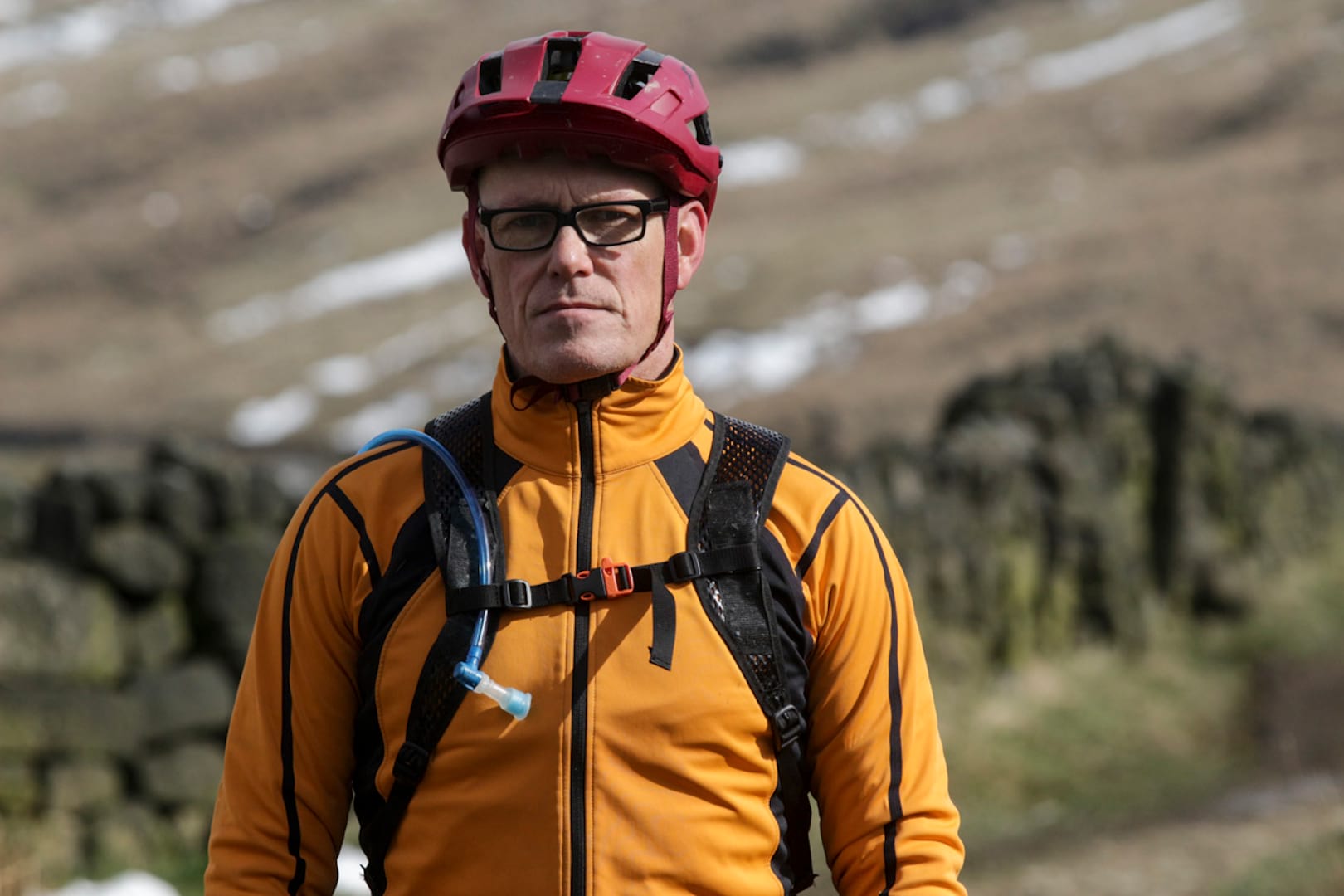Words Chipps

There’s a fresh sign that’s recently popped up on a bridleway near me. It’s at a road junction between a very minor road and a bridleway. The bridleway in question is flat tarmac for the first 500m until it goes past the end of a garden and through a gate, where it gives way to a very fun and challenging descent that finds you popping out of a side-road back in the middle of town.
The new sign in question reads ‘Cyclists please dismount’ along with the old ‘red line through a bicycle’ icon. Now this bridleway in question holds a special affection for me, because it’s a fun trail and it’s very close to my house. However, I suspect the people at the end of the lane resent having a bridleway going through the end of their garden. There are often cars parked across the entrance – and once, even a shipping container…
The previous owners seemed similarly unkeen and I’ve noticed that the finger of the bridleway fingerpost seems to have ‘disappeared’ over time. There was even a ‘This is not a bridleway’ sign that appeared on the bridleway in the previous owners’ occupancy.
I can appreciate that they might not like cyclists hooning down their tarmac driveway (and it’s possible to get a pretty good run-up if you’re coming at it from up the hill) and there are some skittish horses that live next to the track that look easily spooked.
I’d be fine with a ‘Skittish horses, please ride and drive slowly’ sign, but there are no red lines through cars or horses. Where are the ‘Horse riders please also dismount’ and the ‘Car drivers, please get out and push’ versions?
While I’m sure that I am in the right to ignore the sign, I did some research just to be certain so that when the inevitable confrontation happens (it hasn’t yet), I have some facts to back myself up. I already knew that you can’t stop someone from riding or walking on a right of way, but just to be sure, I contacted the local, overworked, Rights of Way department who agreed with me and who were happy to send me the relevant bit of the Definitive Map, showing the path of the bridleway. I also looked up the related bits of the Countryside Act (1968) ready to be that dull person who quotes bits of case law in the face of adversity. So far, I’ve not had to use it, but I’m ready if I do…
It’s always handy to have your rights of way knowledge in your mental back pocket. You never know when you might need to refer to it, whether it be a local case, or a walker unsure of the Snowdon agreement timings. We had a ride one night that took in a bridleway up a gentrified farm track. It led to the gravel car park of a house recently moved into by folks ‘from the town’. It was perhaps 9pm and dark as we crunched through the driveway on our way to the bridleway gate at the far side of the yard. Suddenly the door slammed open as an incandescently angry woman appeared (my mind’s eye remembers her being in hair rollers – I may have made that bit up), she yelled at us and demanded to know what we were doing riding down her driveway.
“Er, because it’s actually a bridleway and we’re allowed to ride on it.”
“Not at night it isn’t!”
“Er, I think you’ll find that it’s open all day and all night, every day of the year.”
We left her speechless and silent, but had we not known we might have retreated and left that track off future night rides. The same goes for knowing the legality of pedal-assist e-bikes (treated as a bicycle) or pushing or carrying your bike on a footpath (you can). If you don’t know, then you don’t know. But if you do, it can bring about a surprising climbdown from the red-faced-rambler in front of you. And if it doesn’t, then you can still be on your way with a cheery thumbs up and a smug smile.
Speak softly and carry a large sheaf of Rights of Way knowledge. Right, I’m off to disobey a sign.
More ways to read issue 125
For Kindle, iBooks or download – Check out your options here




